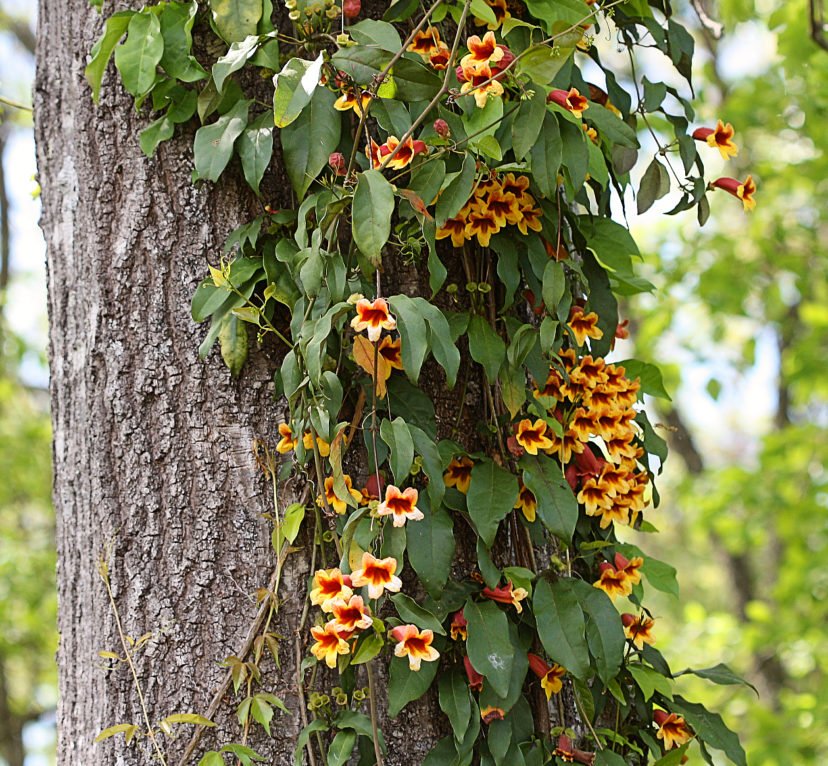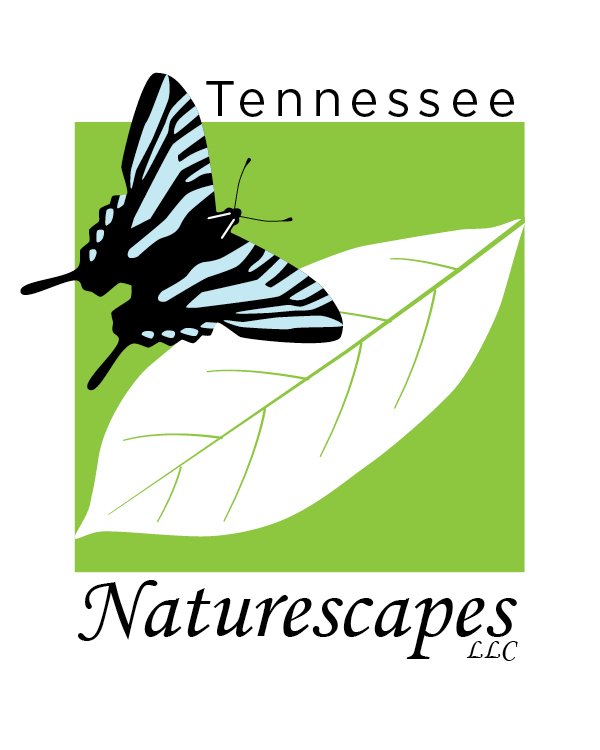 Image 1 of 3
Image 1 of 3

 Image 2 of 3
Image 2 of 3

 Image 3 of 3
Image 3 of 3




Bignonia capreolata (Crossvine)
GARDEN SITE: ☀️-⛅ Average to moist, well-drained soil. Can tolerate occasional drought and wet soil. Tolerant of a variety of growing conditions but prefers organically rich soil with good drainage.
SIZE: 30-50 ft. Spread: 6-9 ft.
FLOWERS: Large, orange to yellow or reddish-orange trumpets. March-May.
WILDLIFE: Attracts hummingbirds and butterflies. Mammals such as beaver and deer will browse foliage.
LARVAL HOST TO: Rustic Sphinx, Laurel Sphinx and Waved Sphinx moths
ZONE: 5-9
DISTRIBUTION: Southeastern United States
If you want to attract hummingbirds to your garden why not choose a native, flowering plant they can’t resist? The large, yellow to burgundy trumpets of Crossvine is a favorite of hummingbirds and is also attractive to many other wildlife species as a nectar and food source. A vigorous and disease free plant, Crossvine is best planted along woodland edges or in a location where it can climb freely. A perfect choice for naturalized areas that stay evenly moist, or in pollinator, native and butterfly gardens. Resistant to heat, drought, soil compaction and heavy shade. Blooms best when planted in sunnier locations.
GARDEN SITE: ☀️-⛅ Average to moist, well-drained soil. Can tolerate occasional drought and wet soil. Tolerant of a variety of growing conditions but prefers organically rich soil with good drainage.
SIZE: 30-50 ft. Spread: 6-9 ft.
FLOWERS: Large, orange to yellow or reddish-orange trumpets. March-May.
WILDLIFE: Attracts hummingbirds and butterflies. Mammals such as beaver and deer will browse foliage.
LARVAL HOST TO: Rustic Sphinx, Laurel Sphinx and Waved Sphinx moths
ZONE: 5-9
DISTRIBUTION: Southeastern United States
If you want to attract hummingbirds to your garden why not choose a native, flowering plant they can’t resist? The large, yellow to burgundy trumpets of Crossvine is a favorite of hummingbirds and is also attractive to many other wildlife species as a nectar and food source. A vigorous and disease free plant, Crossvine is best planted along woodland edges or in a location where it can climb freely. A perfect choice for naturalized areas that stay evenly moist, or in pollinator, native and butterfly gardens. Resistant to heat, drought, soil compaction and heavy shade. Blooms best when planted in sunnier locations.

